Photographs: Reuters
India is finally set to give shape to its futuristic smart cities - world-class, self-sustainable habitats with minimal pollution levels, maximum recycling, optimised energy supplies and efficient public transportation.
The Union industry ministry has sought Rs 18,500 crore (Rs 185 billion) to develop seven cities around the Delhi-Mumbai Industrial Corridor (DMIC), that will criss-cross six states.
The $90-billion DMIC project, planned in 2006 comprising -- Uttar Pradesh, Haryana, Rajasthan, Gujarat, Maharashtra and Madhya Pradesh -- is being developed in collaboration with Japan as a manufacturing and trading hub.
The cities would come up along Delhi-Mumbai Dedicated Rail Freight Corridor which is under implementation.
. . .
7 next-gen cities planned between Delhi, Mumbai
Photographs: Reuters
The eco-friendly cities would provide world-class facilities with 24-hour power supply and drinking water, mass rapid urban transportation, with bicycle and walking tracks, complete waste and water recycling, systems for smart grids -digitally managed systems to control energy consumption - and smart metering.
The industrial hubs and eco-friendly cities along the Delhi Mumbai Industrial Corridor (DMIC) are expected to double employment opportunities, triple industrial production and increase exports by four folds over the next decade.
The first of these cities would come up in Dholera investment region in Gujarat, 110 km from Ahmedabad. The master-plan for the city is ready and talks are on with farmers for the acquisition of land.
Navi Mumbai covers 345 sq km. In comparison, the size of the Dholera city that the Gujarat Industrial Development Board plans to build with private participation will be all of 360 sq km.
. . .
7 next-gen cities planned between Delhi, Mumbai
Photographs: Reuters
Dholera is just one of the five similar-sized greenfield cities that India hopes to build in the next few years. They are Manesar-Bawal in Haryana, Indore-Mhow in Madhya Pradesh, and Dighi and Nasik-Igatpuri in Maharashtra -- all along the Delhi-Mumbai Industrial Corridor. This means the plan is to have brand new cities, which are bigger than Navi Mumbai, in the next five years.
The Department of Industrial Policy and Promotion (DIPP) has obtained views of most of the ministries concerned.
"Soon we will prepare the Cabinet note seeking funds," a source said.
. . .
7 next-gen cities planned between Delhi, Mumbai
Photographs: Reuters
Out of the total amount, Rs 17,500 crore (Rs 175 billion) would be used to create infrastructure like internal roads, solid waste disposal, flood management, storm water and sewerage system, bus and rail-based public transportation system and landscaping.
For preliminary work of the project (as a Project Development Fund), DIPP has sought Rs 1,000 crore (Rs 10 billion).
New cities and sub-cities will be developed around the industrial nodes of Kushkhera-Bhiwadi-Neemrana in Rajasthan, Dadri-Noida- Ghaziabad in Uttar Pradesh, Bharuch-Dahej in Gujarat, Igatpuri-Nashik-Sinnar in Maharashtra and Pitampura-Dhar-Mhow in Madhya Pradesh.
. . .
7 next-gen cities planned between Delhi, Mumbai
Photographs: Reuters
Later, 17 more cities are planned to be developed on a similar pattern.
The money from the Centre would be both in the form of debt and equity which would be ploughed into the Delhi Mumbai Industrial Corridor Development Corporation Limited, which is a joint venture between the government, IL&FS and IDFC.
"This investment is necessary to create basic infrastructure so that industrial and trading activities can come up," the source said.
. . .
7 next-gen cities planned between Delhi, Mumbai
Photographs: Reuters
This money has to be put in by the government even before public-private-partnership business model can be developed, the source added.
About Rs 2,500 crore (Rs 25 billion) would be spent on each city to develop basic infrastructure.
And the list is seeing new additions at a rapid pace. The Vijaynagar Area Development Authority in Karnataka has roped in the Centre for Environmental Planning and Technology as architects for developing a new city in Karnataka.
. . .
7 next-gen cities planned between Delhi, Mumbai
Photographs: Reuters
The new city would have a capacity to accommodate 5-10 million populations, on the basis of estimates.
The Karnataka government also recently invited proposals to develop four cities of about 9,000 acres (around 35 sq km) each near Bangalore, according to a developer who has evinced interest in the project.
The Chhattisgarh government also recently came up with a proposal to develop a 'New Raipur' over 25 sq km.
Additional inputs: Business Standard

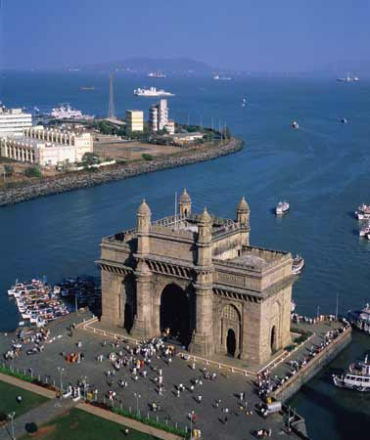
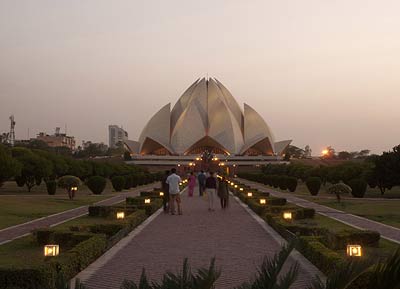
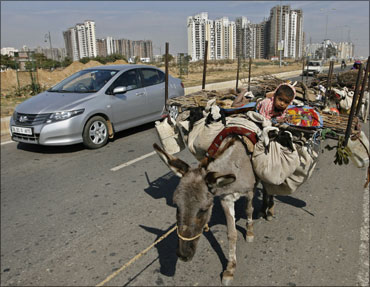
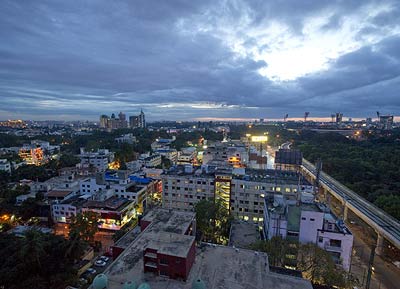
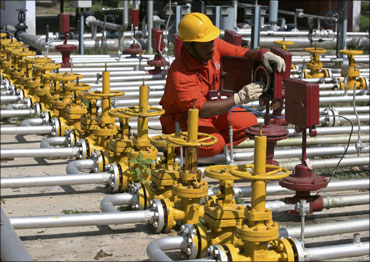
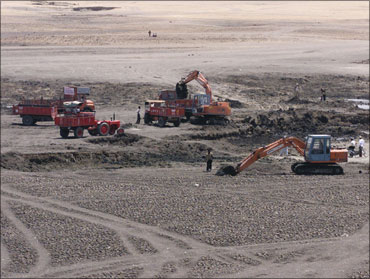
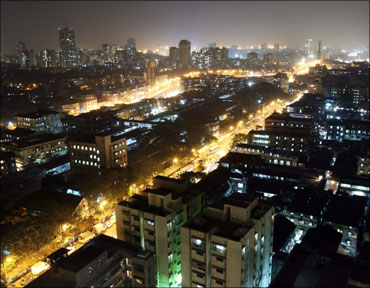
article